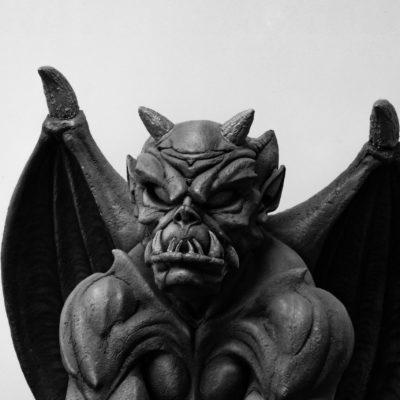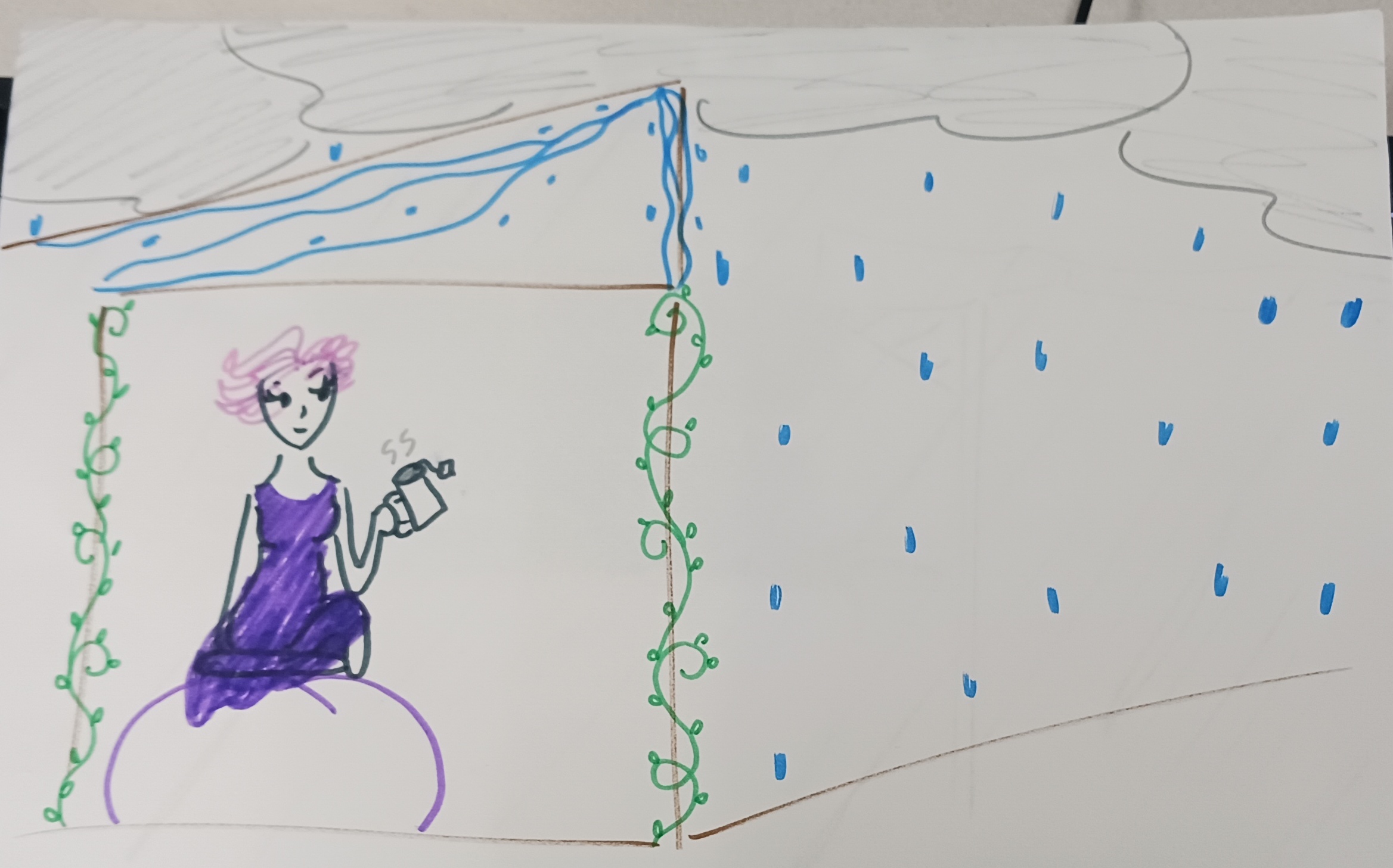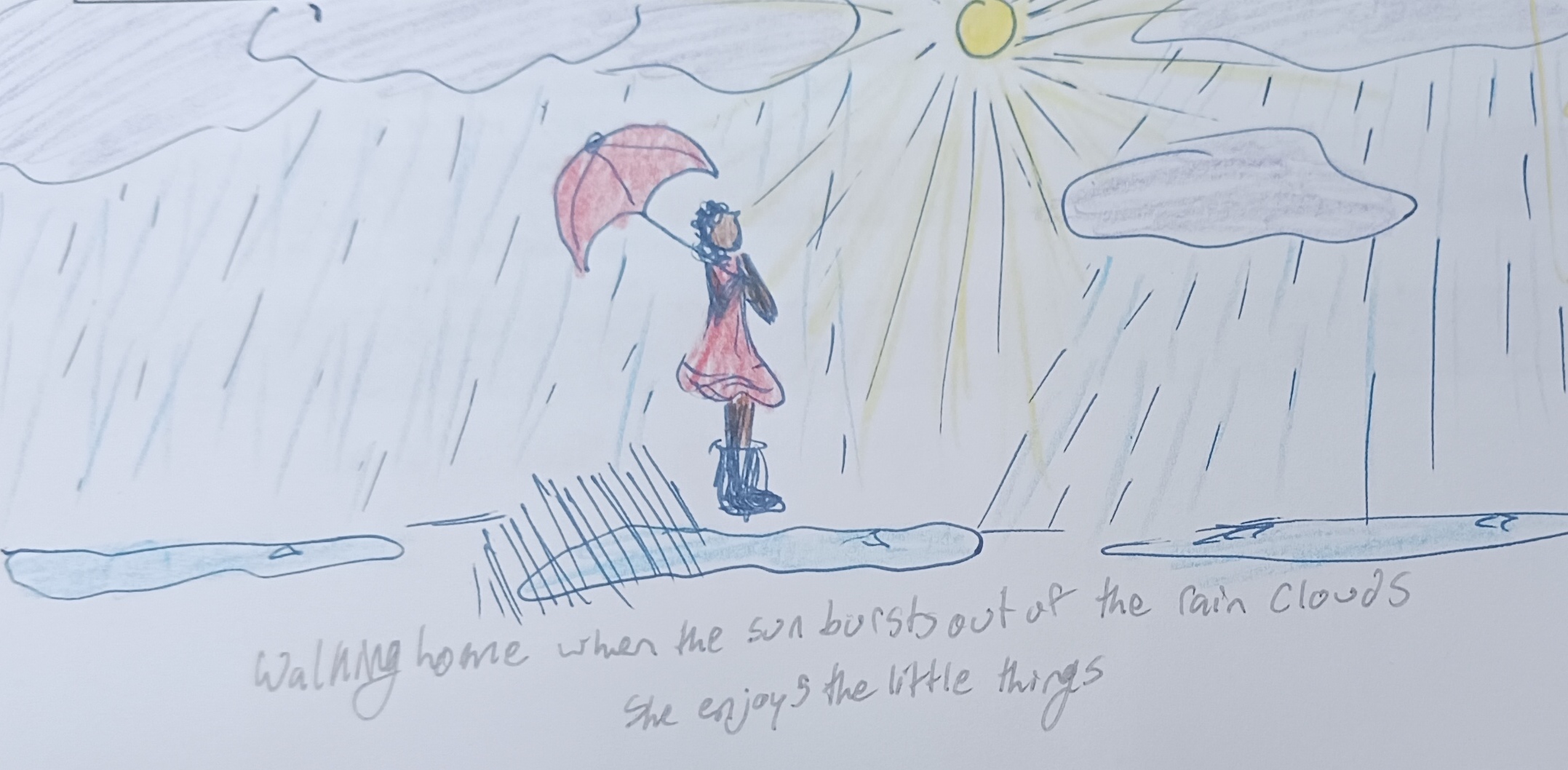So in therapy terms, protective factors are things each of us that contributes to our mental health and our resilience to stressors. This might sound somewhat familiar as it is something we ask about during your intake interviews! Some protective factors may include having a support system, having a general positive attitude or good self-esteem, and having healthy coping skills.
In art therapy, this drawing is used as an assessment to determine how you are coping with the stresses of life. It focuses on vulnerabilities, environmental stressors, supports, and coping strategies. So, what symbols are hidden in the drawings?
External stress is reflected by the amount and intensity of the rain.
Let's look at your figure…
Big) the need to be recognized/prone to vanity
Small) anxiety, shyness, or insecurity
Right) a desire to grow your confidence/professionally/future
Left) may have a pessimistic attitude/be stuck in the past
Center) Competitive
Front) ability to confront difficult situations
Side) desire to avoid ambiguous situations
Back) the need to go unnoticed
Still) a want to protect self but struggle to adapt
Moving) you know where you are heading in life
Your methods of defense are represented by the protective gear or lack thereof.
Protective gear could be things such as rain boots, jackets, or an umbrella
No gear) you may feel that he or she is not coping well with stress
Large umbrella) you may feel defensive and prefer isolation
How you drew the picture can say even more!
Drew feet first) choose the wrong way to solve problems
Umbrella first) excessive defensiveness
Strong straight lines) anxiety
Angles/peaks/sharp shapes) aggressiveness










